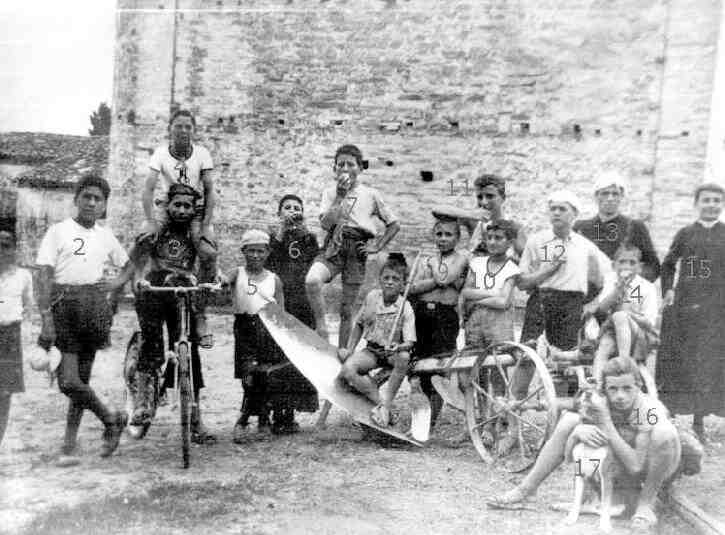
Figure 1.--The picture was taken in Montalto delle Marche, a village in central Italy, in the summer 1936. It shows a group of boys in front of the Madonna del Lago (Lake Madonna) church. The boys wearing cassocks were seminarists. |

|
Italy was still a very poor country in the 1930s. Mussolini's Fascists attempted to address class differences with only limited success. Mussolini's interest in acquiring colonies where landless peasants could be resettled was in part a reflection of rural poverty. There could be major differences between the way boys from affluent and poor families dressed. Boys from families that were in comfortable circimstances might wear sack suits or sailor suits with short pants, kneesocks or ankle socks and leather shoes or sandals. Many Italian boys from working-class might wear simply a "T"-shirt and shorts and go barefoot. Some might have inexpensive rope sandals. Some of the same differenes might be observed netween urban and rural children. After World War II these social-class differences began to decline. Differences like this are one reason Italian primary children commonly wore smocks to school.
Navigate the Boys' Historical Clothing Italian pages:
[Return to the Main Itlalian 20th century chronology page]
[Return to the Main Itlalian 20th century chronology page]
[Italian art]
[Italian catalogs]
[Italian choirs]
[Italian movies]
[Italian royalty]
[Italian school uniforms]
[Italian youth groups]
Navigate the Boys' Historical Clothing Web Site:
[Introduction]
[Activities]
[Biographies]
[Chronology]
[Clothing styles]
[Countries]
[Bibliographies]
[Contributions]
[FAQs]
[Glossaries]
[Satellite sites]
[Tools]
[Boys' Clothing Home]
